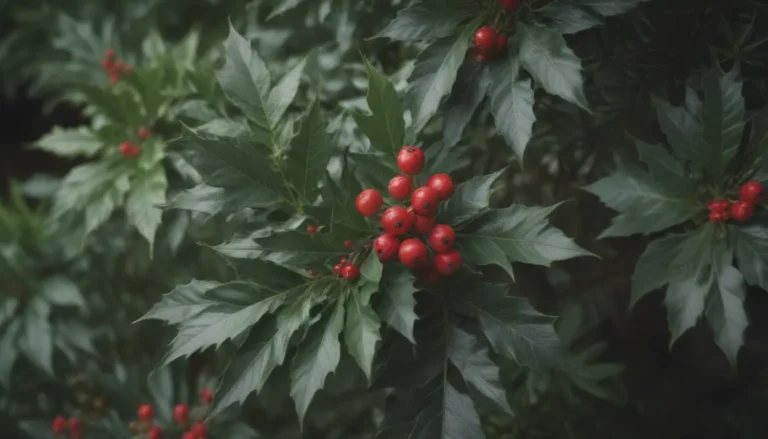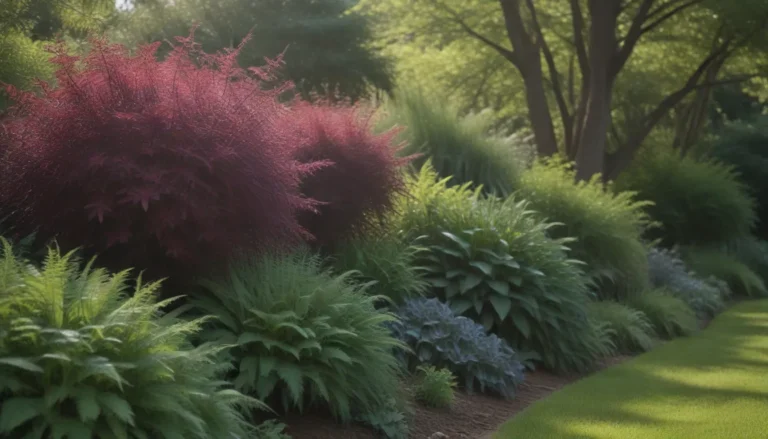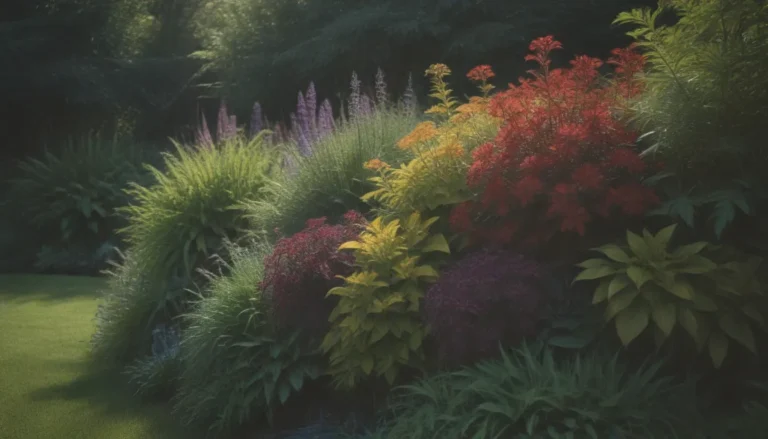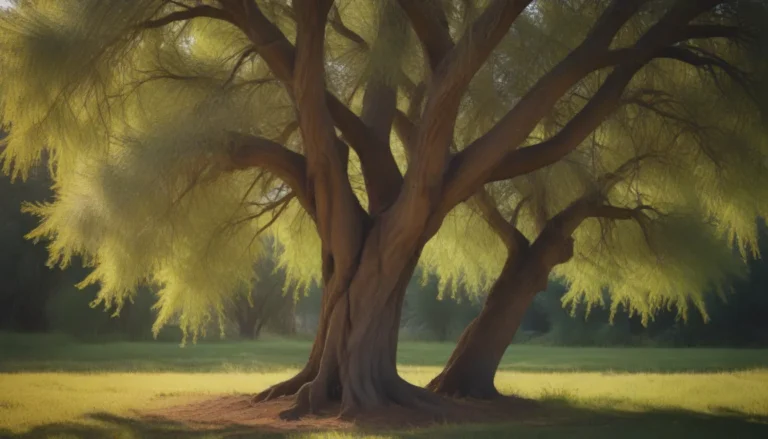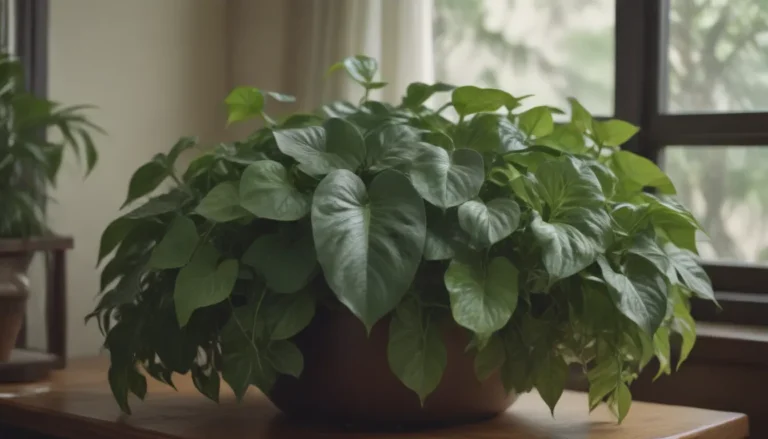Unveiling the Beauty of Iris: A Comprehensive Guide to Growing and Caring for Different Varieties
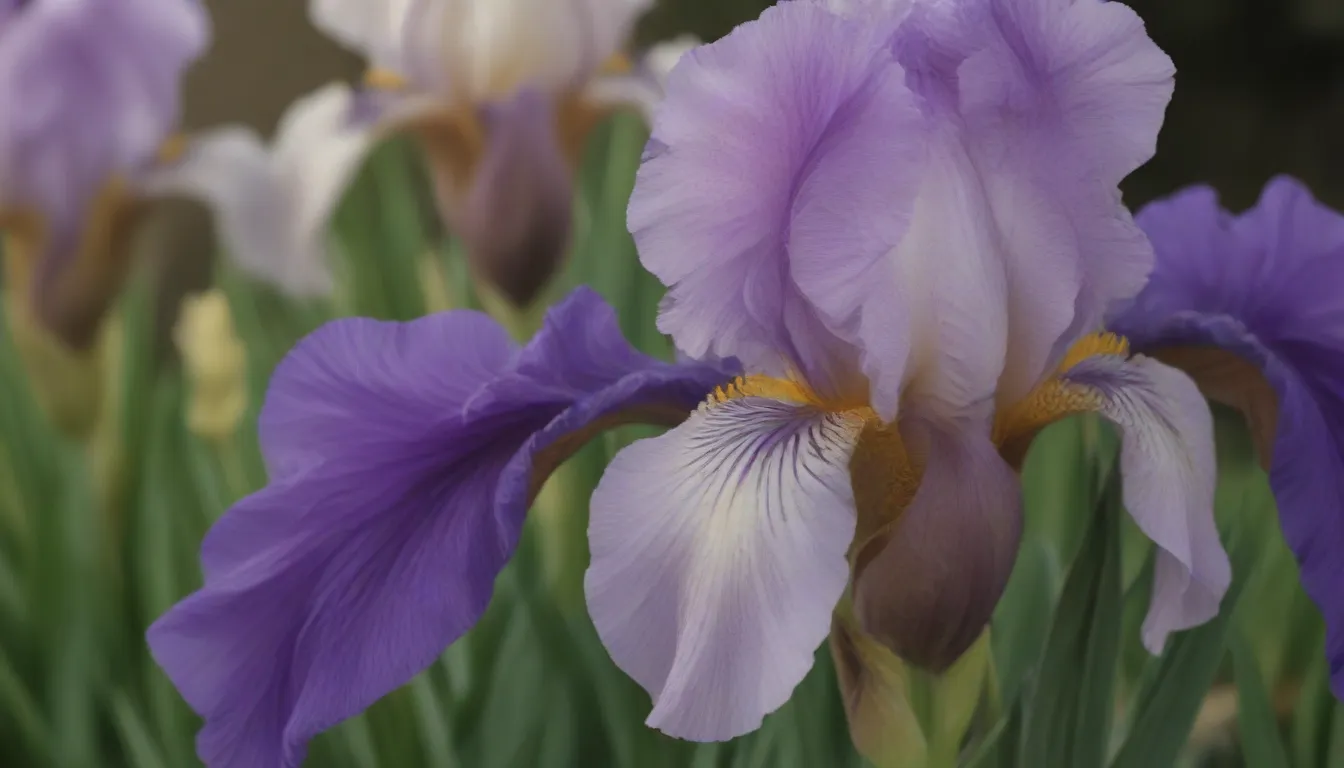
Are you looking to add a pop of color to your garden that will thrive year after year? Look no further than the iris family, with its more than 300 species and thousands of cultivars. The word “iris” originates from the Greek word for “rainbow,” fitting for a genus that offers a wide range of color combinations, flower sizes, and shapes. Whether you’re a seasoned gardener or just starting out, irises are a fantastic addition to any landscape due to their reliable spring performance and hardy vigor. Even in hot and dry conditions, irises can brighten up your garden with their stunning blooms.
In this in-depth guide, we will explore nine popular types of irises that are perfect for North American gardens, along with essential care tips and information on how to identify different varieties. So, grab your gardening gloves and let’s dive into the world of irises!
Why Choose Irises for Your Garden?
Before we delve into the specific types of irises, let’s discuss why these flowers are a fantastic choice for your garden. Here are some reasons why you should consider incorporating irises into your outdoor space:
- Reliable spring performance
- Wide range of color combinations
- Hardy vigor
- Beautiful addition to cut flower arrangements
- Long lifespan of five to 20 years
Now that we’ve highlighted the benefits of growing irises let’s take a closer look at some of the top varieties you can choose for your garden.
Bearded Iris
The bearded iris is a showstopper in any garden, with more than 60,000 cultivars of Iris germanica to choose from. Planting different varieties allows you to create a landscape with your desired color scheme. Whether you prefer tall bearded irises or intermediate bearded irises, there is a cultivar to suit your taste. Here are some key details about the bearded iris:
- Name: Iris germanica
- Native Area: Europe, Asia
- USDA Hardiness Zones: 3-9
- Flower Colors: Wide range of colors
- Height: Varies by cultivar
- Sun Exposure: Full sun
- Soil: Well-draining soil
Dwarf Bearded Iris
If you’re looking for a compact iris variety that adds a pop of color to your garden, consider the dwarf bearded iris. These petite powerhouses grow 8-15 inches high, making them ideal for border gardens and rock gardens. With their quick multiplication rate, you can easily populate a section of your yard with a few plants. Here are some details about the dwarf bearded iris:
- Name: Iris germanica
- Native Area: Europe, Asia
- USDA Hardiness Zones: 3-9
- Flower Colors: Various
- Height: 8-15 inches
- Sun Exposure: Full sun
- Soil: Well-draining soil
Dwarf Crested Iris
For woodland garden enthusiasts, the native dwarf crested iris is a must-have addition. Thriving in part shade, these 6-inch-high flowers bloom from March to May and attract hummingbirds and bees. Ensure you provide acidic soil to mimic the conditions of their natural habitat. Here are details about the dwarf crested iris:
- Name: Iris cristata
- Native Area: North America
- USDA Hardiness Zones: 4-8
- Flower Color: Blue, purple
- Height: 6 inches
- Sun Exposure: Part shade
- Soil: Acidic soil
Species Irises
While there are hundreds of species of irises, many are not commonly cultivated due to their specific growing requirements. However, if you’re a seasoned gardener looking to expand your collection, you may find unique iris varieties in specialty nurseries or online plant forums. Consider trying out lesser-known species like Iris missouriensis or Iris confusa for a unique addition to your garden.
- Name: Various species
- Native Area: Varies by species
- USDA Hardiness Zones: Varies by species
- Flower Colors: Various
- Height: Varies by species
- Sun Exposure: Varies by species
- Soil: Well-draining soil
Dutch Iris
Developed in the Netherlands, Dutch irises are a charming addition to any garden. These bulbous irises, such as the ‘Apollo’ cultivar, feature small, simple flowers that serve as excellent companion plants. Plant the bulbs deeply in the fall and enjoy a burst of color in your garden. Here are some details about Dutch irises:
- Name: Iris xiphium
- Native Area: Spain, Morocco
- USDA Hardiness Zones: 6-9
- Flower Colors: Various
- Height: 12-36 inches
- Sun Exposure: Full sun
- Soil: Well-draining soil
Japanese Iris
For gardeners looking for large blooms, the Japanese iris is a standout choice. Varieties like ‘Amethyst’s Sister’ and ‘Freckled Peacock’ can exceed four feet in height, making a bold statement in any garden. These irises thrive in constant moisture and full sunlight, making them perfect for pond- or stream-side gardens. Here are some details about Japanese irises:
- Name: Iris ensata
- Native Area: Asia
- USDA Hardiness Zones: 4-9
- Flower Colors: Various
- Height: Varies by cultivar
- Sun Exposure: Full sun to part shade
- Soil: Moist, rich soil
Siberian Iris
If you’re looking for a low-maintenance iris variety, consider the Siberian iris. These beardless irises bloom later than bearded irises and maintain their elegant foliage throughout the season, resembling ornamental grass. With their drought tolerance, Siberian irises are a great choice for gardeners looking for a fuss-free plant. Here are details about Siberian irises:
- Name: Iris sibirica
- Native Area: Europe, Asia
- USDA Hardiness Zones: 3-9
- Flower Colors: Various
- Height: 24-36 inches
- Sun Exposure: Full sun to part shade
- Soil: Well-draining soil
Yellow Flag Iris
While the vibrant yellow flag iris adds a burst of color to any garden, it is important to note that this variety can be invasive in some regions. To prevent it from spreading uncontrollably, consider growing it in a container garden. Keep in mind that this iris variety spreads aggressively by rhizomes, so careful cultivation is essential. Here are some details about the yellow flag iris:
- Name: Iris pseudacorus
- Native Area: Europe, Asia
- USDA Hardiness Zones: 5-9
- Flower Color: Yellow
- Height: 24-36 inches
- Sun Exposure: Full sun to part shade
- Soil: Wet, well-draining soil
Louisiana Iris
Derived from five native species, Louisiana irises are water-loving plants that thrive in boggy, swampy habitats. These naturally occurring hybrids prefer mild temperatures and moist spring weather, making them an excellent choice for gardeners in the Gulf Coast area. Some varieties can even withstand cold temperatures down to Zone 4. Here are details about Louisiana irises:
- Name: Iris fulva, Iris hexagona, Iris brevicaulis, Iris giganticaerulea, Iris nelsonii
- Native Area: North America
- USDA Hardiness Zones: 4-9
- Flower Colors: Various
- Height: Varies by cultivar
- Sun Exposure: Full sun to part shade
- Soil: Moist, slightly acidic soil
How to Identify Different Types of Irises
With thousands of iris cultivars available, identifying the exact variety growing in your garden can be challenging. However, by paying attention to bloom time, flower shape, foliage, and growth habits, you can narrow down the basic type of iris you have. Here are some key characteristics of different iris types:
- Bearded Irises: Look for flowers with a fuzzy beard that bloom early in the season.
- Dwarf Bearded Irises: These compact irises spread quickly and are ideal for border gardens.
- Beardless Irises: These varieties bloom later than bearded irises and have thin, grass-like foliage.
- Crested Irises: Look for a small, raised area in the center of the flower petals, which often contrasts with the petal colors.
As you explore the world of irises, consider delving into some of the more exotic and unique classifications offered by the American Iris Society. With their stunning blooms and low-maintenance care requirements, irises are a fantastic addition to any garden.
Caring for Your Irises
To ensure your irises thrive year after year, follow these care tips:
- Divide the roots of most iris varieties every three to four years to reinvigorate the plant.
- Cut back the foliage every fall for best bloom performance.
- Keep an eye out for iris borer worms, which can affect bearded irises.
- Provide well-draining soil and ample sunlight for healthy growth.
By following these simple care tips, you can enjoy a vibrant display of irises in your garden season after season.
In Conclusion
With their dazzling blooms and wide range of colors, irises are a fabulous addition to any garden. Whether you opt for the classic bearded iris, the compact dwarf variety, or the striking Japanese iris, there is a type of iris to suit every preference. By following the care tips outlined in this guide, you can ensure your irises thrive and bring joy to your garden year after year.
So, what are you waiting for? Get your hands dirty, plant some irises, and watch as your garden transforms into a colorful paradise. Happy gardening!
